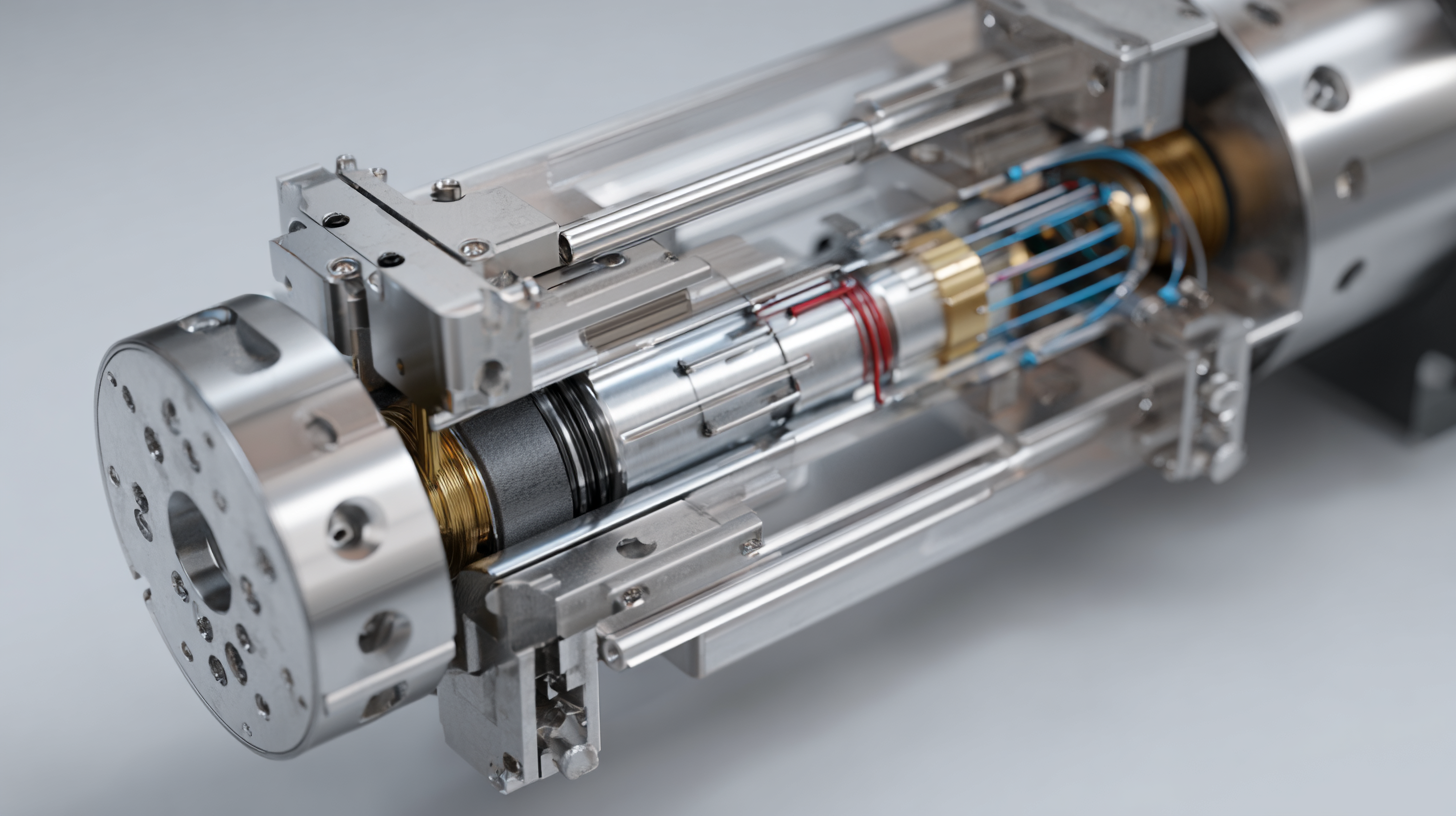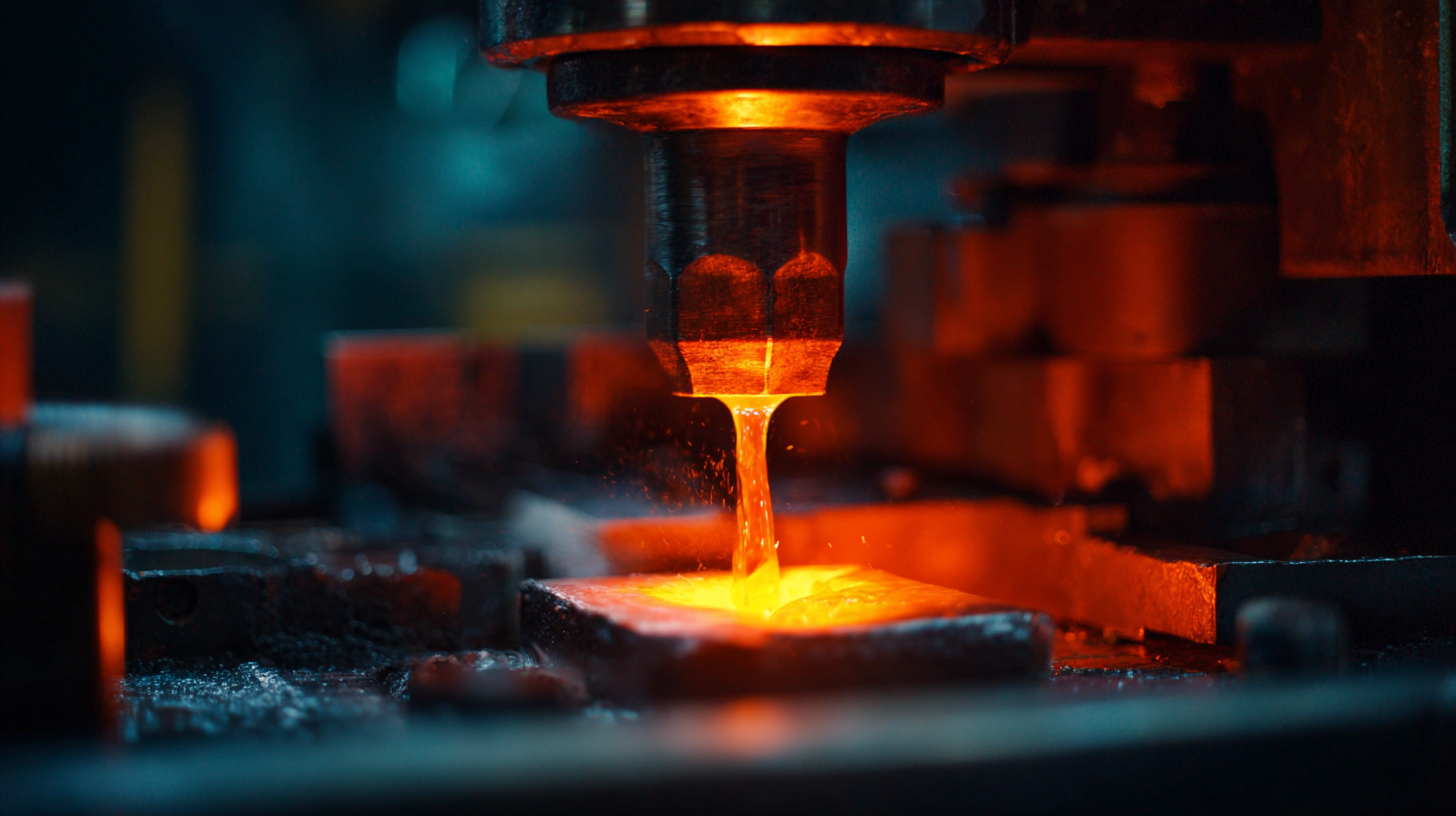Low pressure injection is a pivotal technique in modern manufacturing that has garnered significant attention due to its ability to enhance efficiency and precision in various industrial applications. As manufacturers increasingly strive for cost-effectiveness and sustainability, understanding the nuances of low pressure injection becomes crucial. This method not only reduces material waste but also allows for the production of intricate designs that were previously challenging to achieve. By optimizing the injection process, companies can lower operational costs while maintaining high-quality standards, making low pressure injection a preferred choice in sectors such as automotive, aerospace, and consumer goods. As we delve deeper into the mechanics and advantages of this innovative technique, it becomes evident that low pressure injection is not merely a trend, but rather a fundamental shift in manufacturing practices that is shaping the future of the industry.

Low pressure injection molding is a technique that significantly enhances the efficiency and quality of manufacturing processes. This method utilizes lower pressures compared to traditional injection molding, which reduces the stress on the materials and allows for more uniform filling of molds. By decreasing the pressure, manufacturers can minimize defects such as warping and shrinkage, leading to a superior end product. This process is particularly advantageous for delicate components, where precision is critical.

Furthermore, the fundamentals of low pressure injection encompass various stages, including material preparation, injection, and cooling. During the injection phase, the molten material is introduced into the mold cavity at a controlled low pressure, ensuring that every intricacy of the mold is captured. The cooling process is equally important, as a slower cooling rate can improve the mechanical properties of the final product. This approach not only optimizes resource utilization but also enhances the sustainability of manufacturing, making it an attractive option for modern production environments. By employing low pressure injection techniques, manufacturers can achieve better design flexibility and innovative solutions in the ever-evolving market.
Low pressure injection molding has emerged as a transformative process in modern manufacturing, particularly in industries that require high precision and efficiency. One of the key advantages of this technique is its capability to reduce production costs while enhancing product quality. According to a report by the American Society for Quality, low pressure injection can result in a 30% decrease in energy consumption compared to traditional high-pressure methods. This reduction is largely due to lower injection speeds and well-controlled material flow, minimizing cycle times and waste.
Additionally, low pressure injection allows for improved versatility in material selection. Manufacturers can utilize a wider range of thermoplastics and thermosets, expanding the scope of applications from automotive components to medical devices. A study published in the Journal of Manufacturing Processes indicates that parts produced with low pressure techniques often exhibit fewer defects, resulting in less rework and ultimately saving time and resources.
Tips: When considering low pressure injection for your production needs, prioritize materials that are specifically designed for this technique. Thoroughly understanding the unique characteristics of these materials can lead to optimized performance. Also, take the time to analyze your current processes; transitioning to low pressure injection could streamline operations and provide substantial long-term savings.
The adoption rates of low pressure injection technology have been steadily increasing across various sectors of modern manufacturing. This innovative method offers several advantages, including reduced material waste, improved production efficiencies, and enhanced product quality. Industries such as automotive, aerospace, and consumer goods are increasingly leveraging low pressure injection to streamline their operations, leading to faster cycle times and lower overall production costs.
Tips for successful implementation of low pressure injection technology include investing in training for your workforce, as understanding the intricacies of the process can lead to better outcomes. Additionally, carefully selecting the right materials is crucial; compatibility can significantly affect the end product’s performance and durability. Staying updated on industry trends and advancements can also provide insights into how to effectively utilize this technology in your manufacturing processes.
As more companies recognize the potential of low pressure injection, it is essential to assess your current production techniques and consider how this technology can be integrated. By embracing these advancements, manufacturers can remain competitive while adapting to the evolving market demands.
Low pressure injection (LPI) has emerged as a transformative technique in modern manufacturing, leveraging its unique properties to enhance production efficiency. By utilizing lower injection pressures, manufacturers can achieve more uniform material flow and reduce the likelihood of defects commonly associated with high-pressure processes. This refinement not only results in more accurate component replication but also minimizes material waste, directly impacting overall efficiency metrics.
Moreover, performance improvements from LPI can be quantified through several key metrics. Cycle times can significantly decrease, as lower pressures typically allow for faster filling and cooling times. Additionally, energy consumption is often reduced due to the lower mechanical demands on machinery, leading to operational cost savings. The adoption of LPI thus represents a dual benefit: enhancing product quality while also driving down manufacturing costs, positioning it as a preferred method in various industries aimed at innovation and sustainability.
| Metric | Before Implementation | After Implementation | Efficiency Improvement (%) |
|---|---|---|---|
| Cycle Time | 45 seconds | 30 seconds | 33.3% |
| Material Waste | 15% | 8% | 46.7% |
| Energy Consumption | 100 kWh | 70 kWh | 30% |
| Production Yield | 85% | 95% | 11.8% |
| Labor Costs | $50,000 | $35,000 | 30% |
Low pressure injection (LPI) has emerged as a transformative technique in modern manufacturing, showcasing its profound impact across various industries. Case studies reveal diverse applications of LPI, highlighting its efficiency and quality benefits. For example, a recent analysis from the Society of Plastics Engineers noted that LPI can reduce cycle times by up to 30%, significantly increasing production output. This is particularly evident in the automotive sector, where manufacturers have adopted LPI for creating complex parts with enhanced precision and reduced waste.







